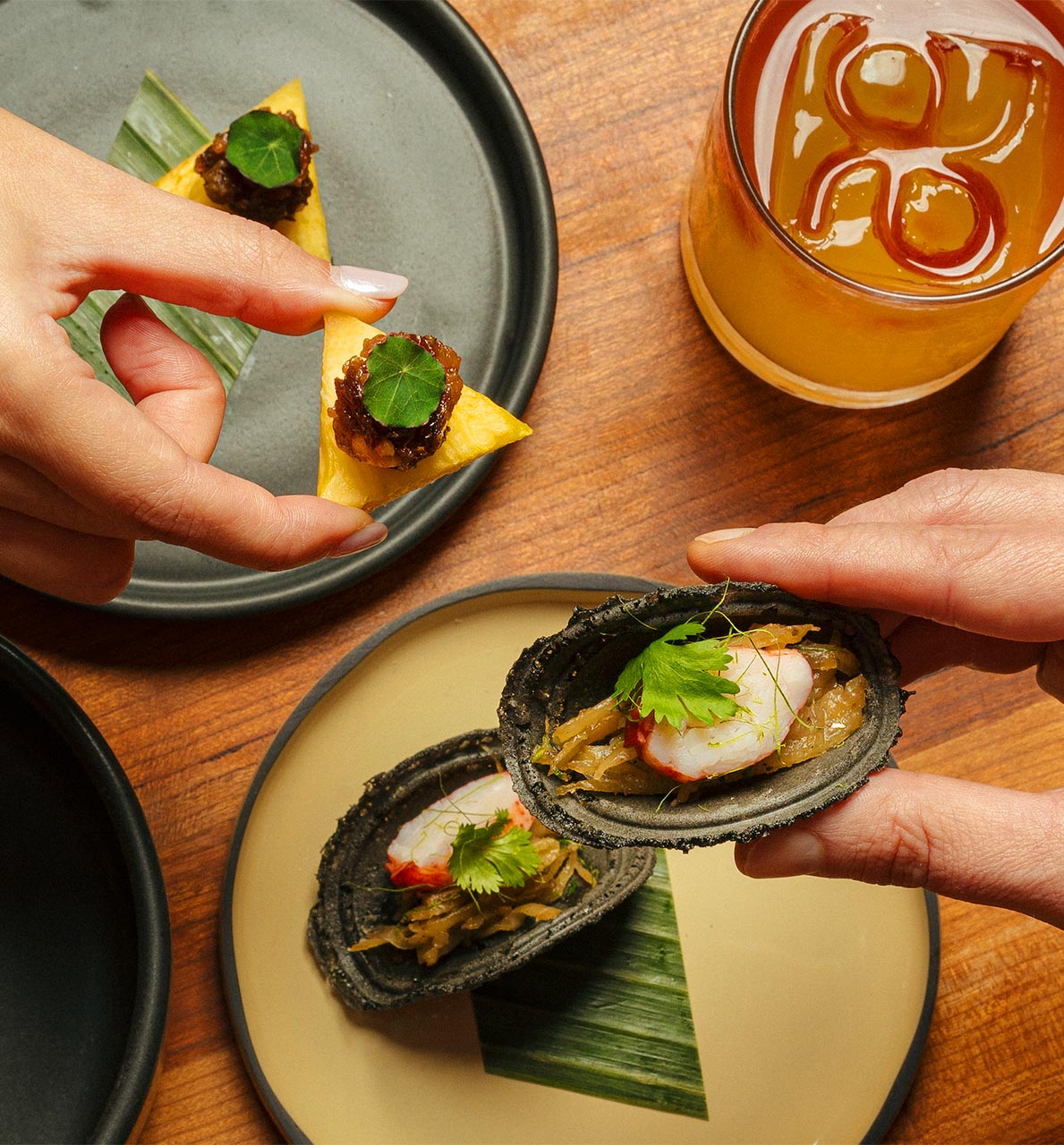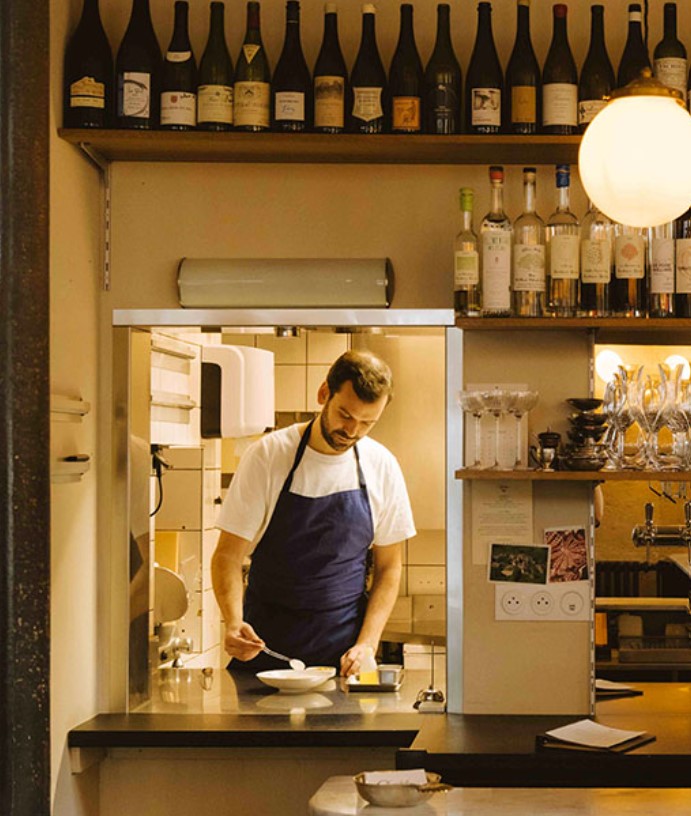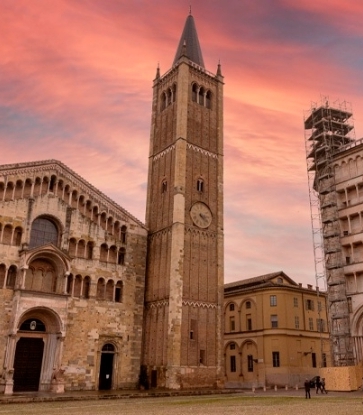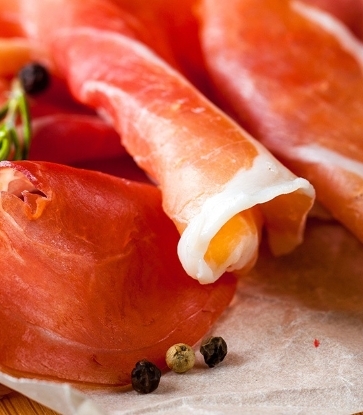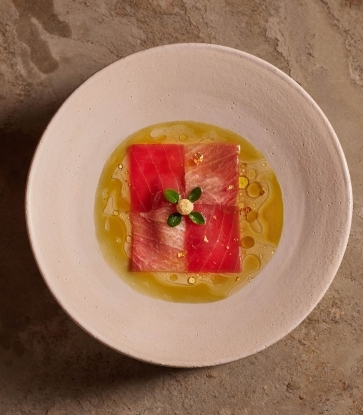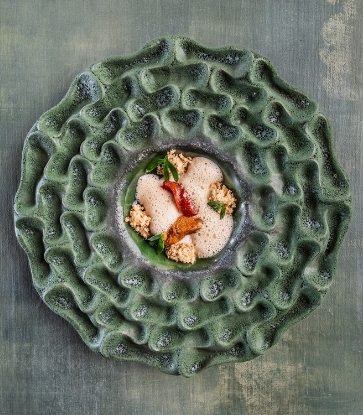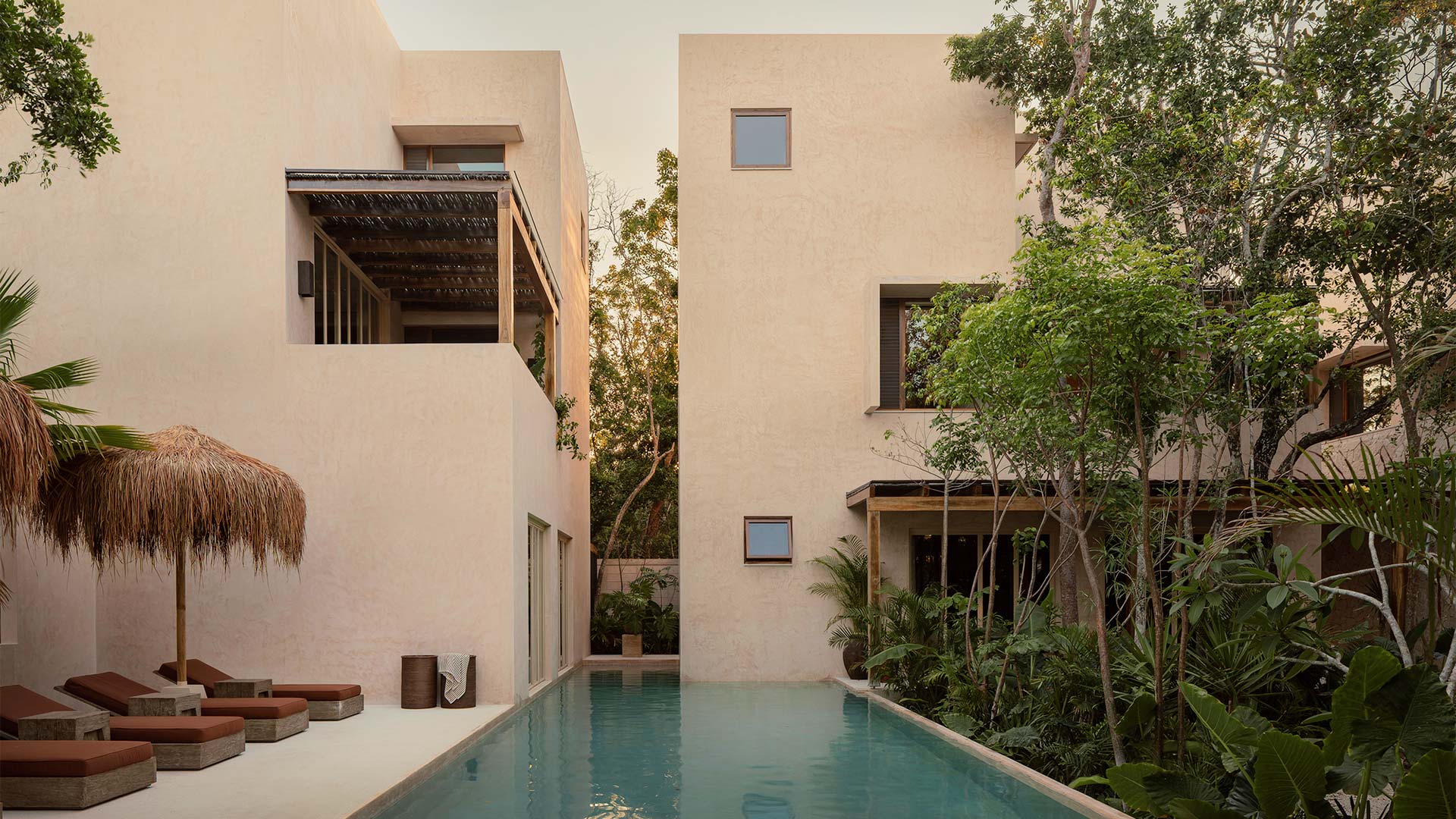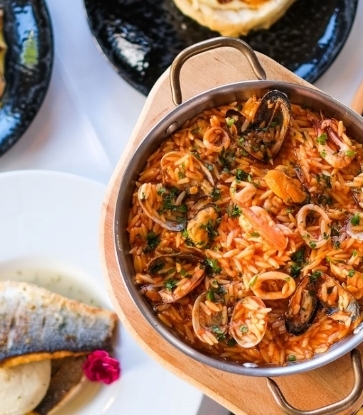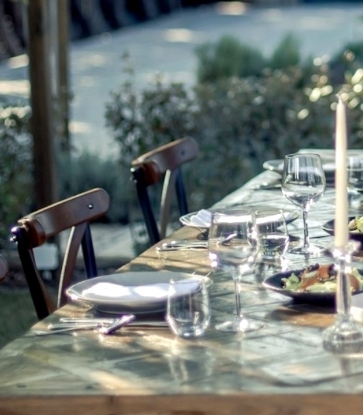
San Miniato
By train from Florence: About 40 minutes
Every Tuscan town has its signature ingredient or dish, but San Miniato has one of the world’s most coveted: the white truffle. A local statue with homespun charm spotlights the town’s real hero: Arturo Gallerini and his mongrel mutt, Parigi, who are said to have uncovered the world’s largest truffle here.
A hilltop village with mom-and-pop bars where regulars have running tabs, San Miniato doesn’t scream “gourmet dining destination.” Yet the restaurant scene has become a sleeper hit, with picks both contemporary and classic. The popularity grew out of the town’s associations with its prized (and pricey) tuber, which is the star of a decades-strong three-week festival, the Mostra Mercato Tartufo Bianco, that runs every November.Of course, that’s exactly when you should visit.
But outside of white truffle season (which runs all through the autumn), the artful cuisine at Pepenero and the comfort foods at Papaveri e Papere speak to the quality of the local scene. And beyond the many tables worth booking and truffles worth hunting, a stop at the Diocesan Museum of Sacred Art next to the Duomo is recommended, not just for its roundup of sacred paintings from the Tuscan school, but for its gorgeous majolica and north African ceramics.

Arezzo
By train from Florence: About 1 hour
The backdrop to the acclaimed 1997 Italian film Life is Beautiful, Arezzo has somehow remained far from most visitors’ radars, even with its blockbuster credentials and exemplary Tuscan cuisine. One standout spot is Le Chiavi d’Oro, where the minimalist design and stripped-down menu are in perfect sync.
Arezzo is also home to a sprawling antiques fair, the Fiera Antiquaria di Arezzo, which takes place on the first Sunday of the month. On non-market days, some vendors have brick and mortar shops to explore too. Prints, lavish floor lamps, mid-century consoles, Art Nouveau coffee tables: it’s all here, mostly concentrated in the areas around Piazza San Francesco, Corso Italia, the sloping Piazza Grande and the Logge del Vasari. The latter location is named after Arezzo native Giorgio Vasari, aka the father of art history. His house/museum is only a nine-minute walk from the heart of the market.
You could end a day in Arezzo with the innovatively prepared seafood at Saffron, or splurge and stay overnight at Il Borro, an estate in nearby San Giustino Valdarno (a 30-minute drive). Owned by Ferruccio Ferragamo of that Ferragamo family, it’s the luxury Tuscan stay to end all others — and well worth the indulgence.

Prato
By train from Florence: About 20 minutes
Attend a party with Pratesi (people from Prato) and you’re sure to eventually hear someone recite the famous rhyme: “Sono di Prato e voglio essere rispettato” — “I’m from Prato and I want respect.” The town certainly commands it: As the textile capital of Italy, Prato is a key hub for the fashion industry in Europe.
This heritage is brilliantly showcased at the Museo del Tessuto (textile museum), housed in a 19th-century textile mill with a striking chimney at its entrance. Today, much of the textile activity is concentrated in Prato’s Chinatown; the Chinese presence in this small city is one of the most pronounced in all of Europe, which also comes through on the plate. Good to know: Ravioli Liu is a bare-bones local favorite.
Prato’s industrial and international edge also emerges in art spaces like the spacecraft-reminiscent contemporary art museum Centro Pecci, where the permanent collection features robust Arte Povera representation, and the exhibition lineup gives space to 21st-century artists — a rarity in Renaissance land.
The Pecci also hosts Ristorante Myò, where the Pratese head Chef Angiolo Barni serves Tuscan classics with a twist, sourcing produce from Myò’s own garden. Downtown, committed explorers can head to MOI Omakase, a sophisticated slice of Japan in Prato, with views on the imposing Castello dell’Imperatore.

Pietrasanta
By train from Florence: About 90 minutes
Not far from the marble quarries of Carrara, which gave rise to Michelangelo’s David, the charming and cosmopolitan Pietrasanta is sometimes described as Piccolo Atene or “Little Athens,” a nickname assigned to it by the late Polish sculptor Igor Mitoraj, who had a studio here for years. (Mitoraj left behind numerous sculptural treasures, like his Annunciation, which is still on view in the deconsecrated church of Sant’Agostino.)
On the foothills of the Apuan Alps, Pietrasanta is a haven for creatives of all stripes. The late Colombian artist Fernando Botero, known for his exaggeratedly portly subjects, had a holiday home here with his Greek artist wife, Sophia Vari, until both of their deaths in 2023. They no doubt helped inspire the opening of numerous contemporary art galleries. It’s also been a centuries-long center of mosaic making, a craft that continues in botteghe (workshops) dotted around the center.
Pietrasanta’s culinary clout is also not to be underestimated. It’s on full display at experimental spots like Filippo and fish-first restaurants like the elegant La Martinatica, where the kitchen takes inspiration from the spoils of the nearby Marina di Pietrasanta.
Hero Image: San Miniato, bell tower of the cathedral ©StevanZZ/iStock
Related Articles:








